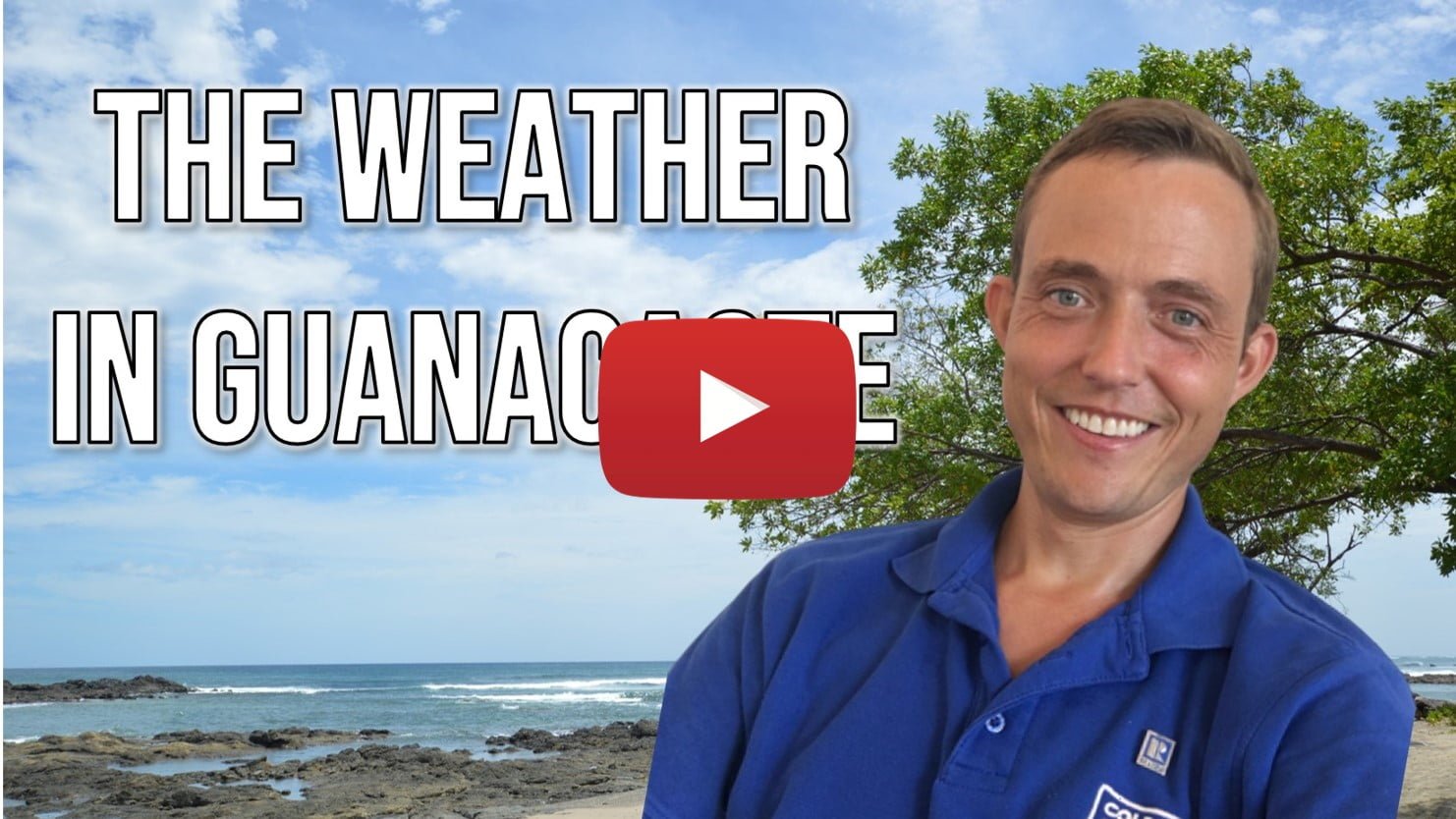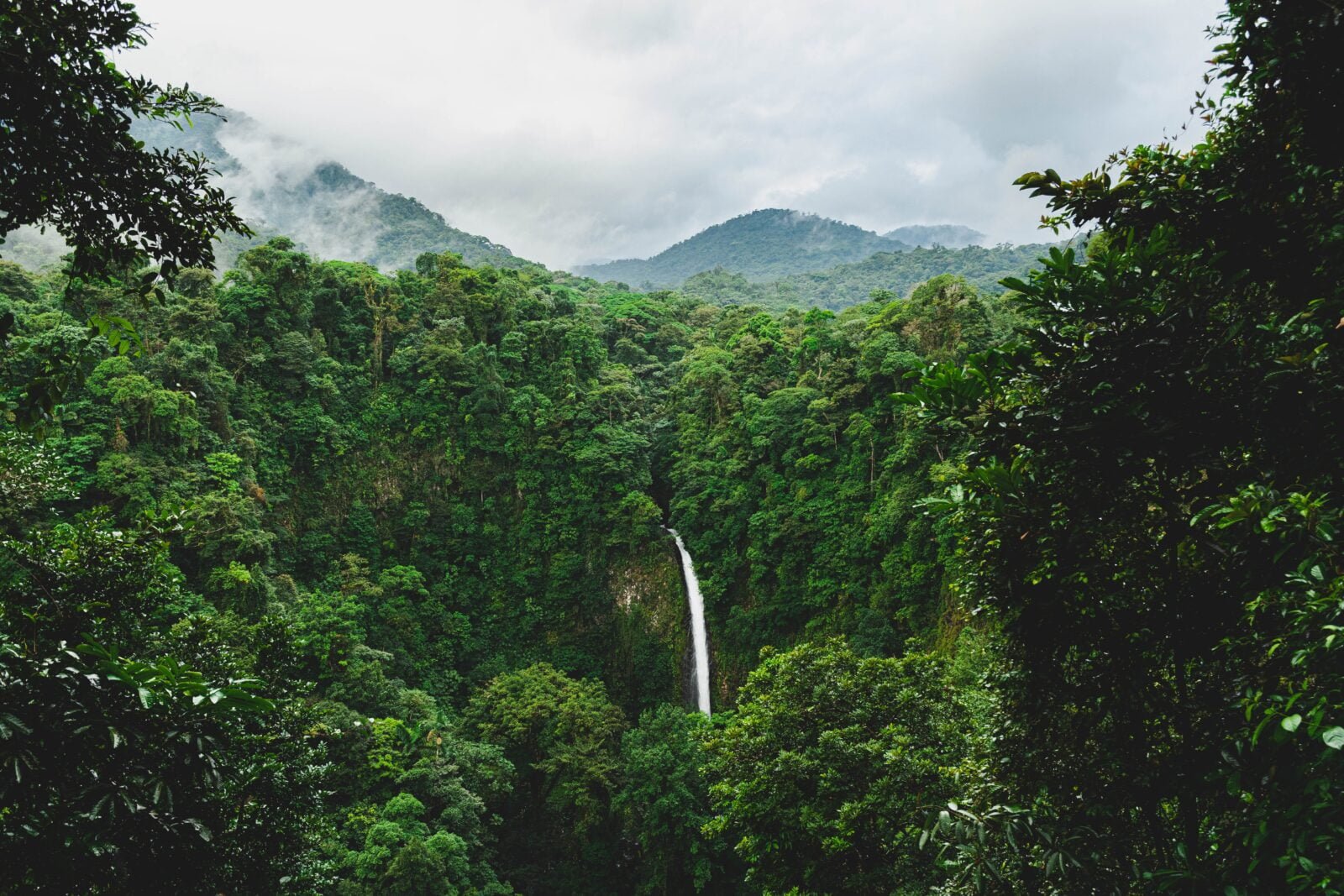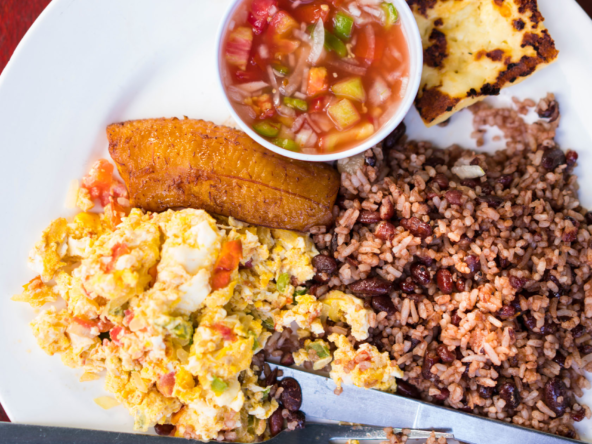Abundant tropical jungles, spectacular beaches, and a plethora of flora and fauna, Costa Rica is blessed by many different microclimates. The reason for its variety is the proximity to the Pacific and Atlantic Ocean as well as the mountain chains that separate them. If you are planning to travel from coast to coast or from the coast to the mountain, you’ll experience different weathers so be sure to bring your flip flops, rainy boots, bikini, and a good warm sweater.
Due to its tropical location, Costa Rica has only two seasons, the dry and the rainy season, or known better by locals and expats as the dusty and muddy seasons. Both last approximately six months and present, from time to time, marked disparities according to external meteorological phenomena that manage to impact the Costa Rican territory (el Niño and la Niña for example). The dry season, known as “Verano” (summer) runs from December through March or April and it’s known for the lack of rain, except for the Caribbean coast. The rainy reason, known as the green season, runs from May until the first days of December, depending on the area.
One of the most common and fascinating climate classifications is the Holdridge Life Zones which divides Costa Rica into 12 types of forests based on factors such as humidity, rainfall and temperature, ergo, weather. Depending on the life zone you will be visiting, you will see different animals and plants.
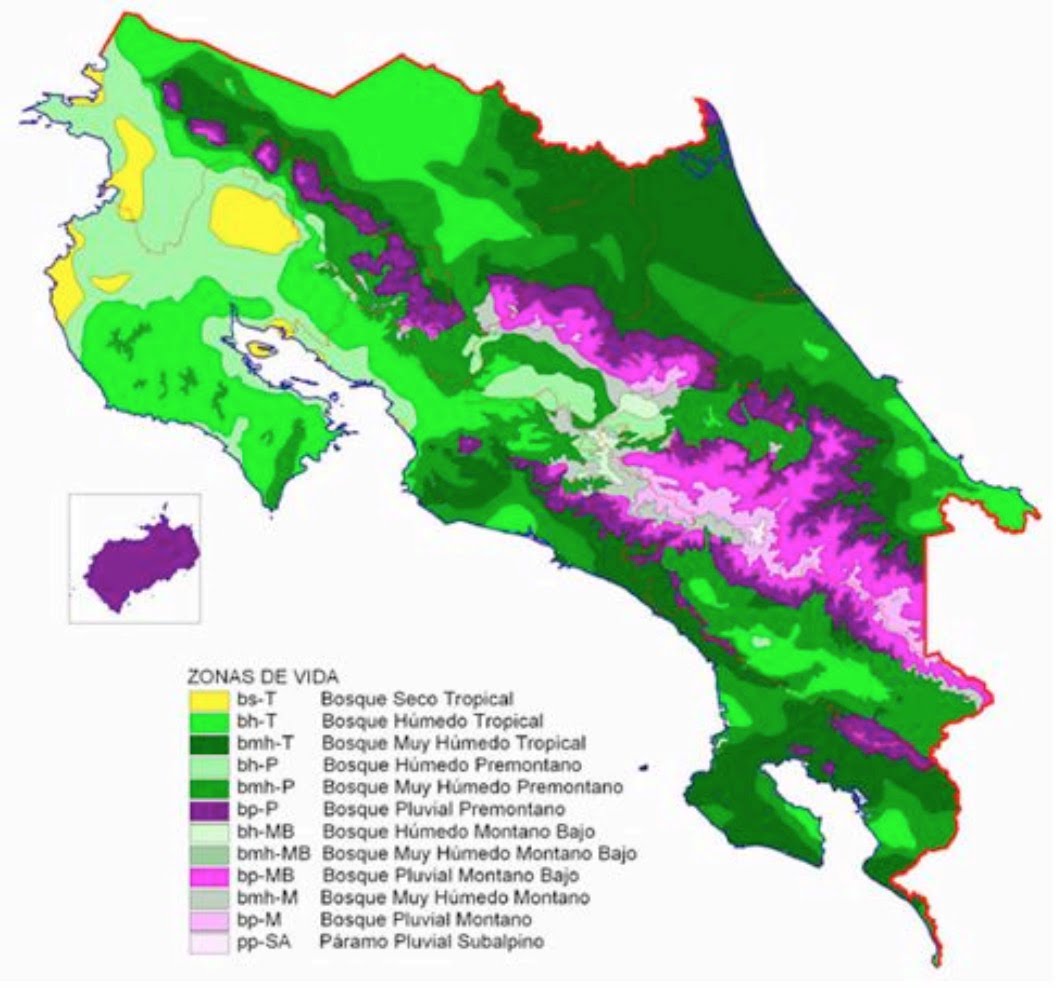
BOSQUE TROPICAL
Subdivided into Seco, Humedo, and Muy Humedo, based on the amount of annual rainfall. The Bosque Seco Tropical is the most known by the beach lovers as it is represented by Guanacaste. The main characteristic is the almost absence of rain that occurs in the dry season, characteristic that doesn’t discourage many types of trees to produce gorgeous delicate flowers, 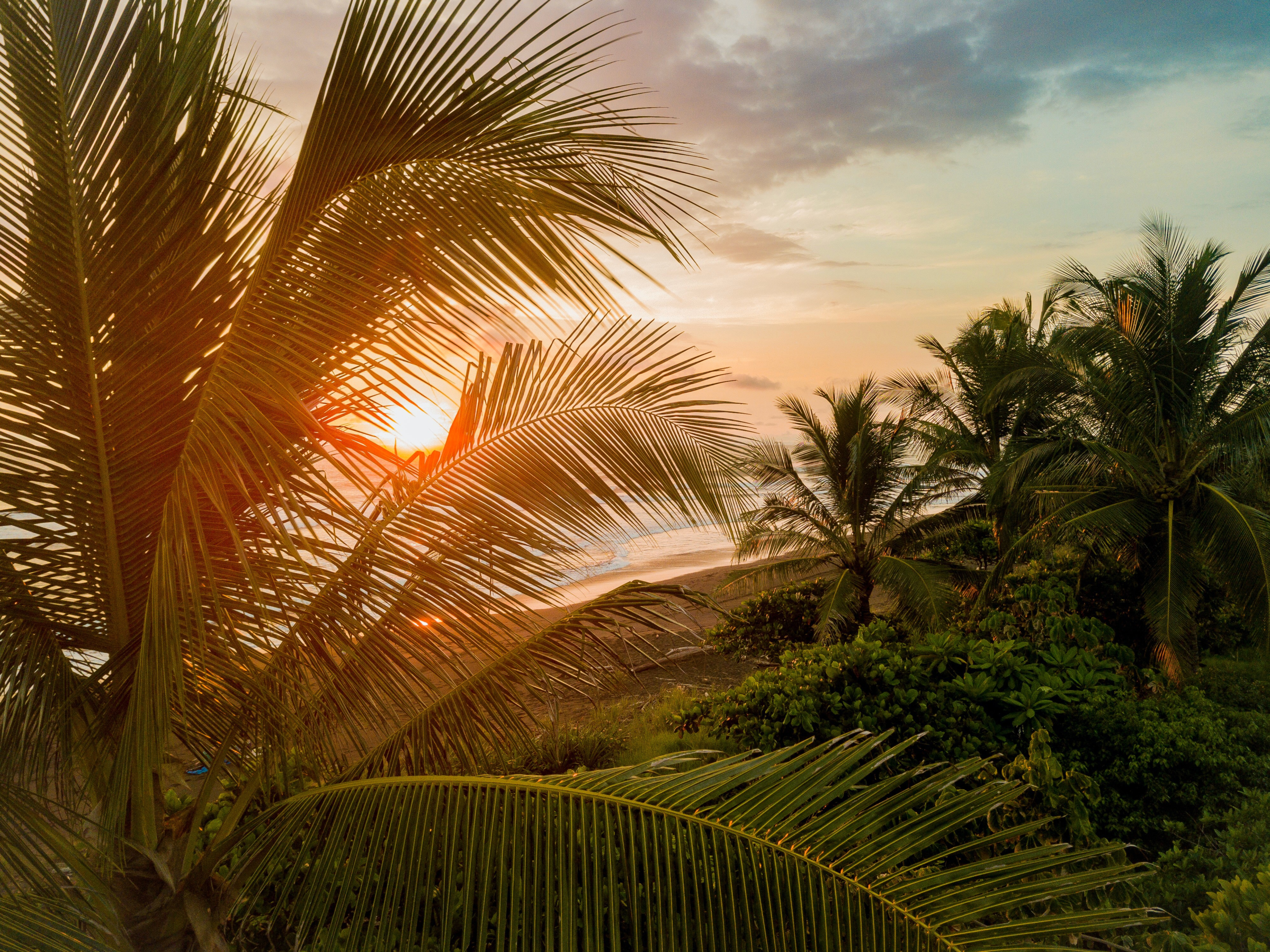 almost antithesis to the hot bright sun. The Bosque Humedo Tropical, on the contrary, is fresher as it has a shorten dry season and is the one you will observe while visiting the Nicoya Peninsula as well as San Carlos and Upala. Finally, the Bosque Muy Humedo, where rainfall can exceed 4000mm per year! The dry season is not that real, it’s more of a rainy season and a less rainy season and it covers the areas of the South Atlantic region, Tortuguero, and the Peninsula de Osa. If you’ll visit these areas, some of the best excursions are the turtle hatching, the dolphin, and whale watching!
almost antithesis to the hot bright sun. The Bosque Humedo Tropical, on the contrary, is fresher as it has a shorten dry season and is the one you will observe while visiting the Nicoya Peninsula as well as San Carlos and Upala. Finally, the Bosque Muy Humedo, where rainfall can exceed 4000mm per year! The dry season is not that real, it’s more of a rainy season and a less rainy season and it covers the areas of the South Atlantic region, Tortuguero, and the Peninsula de Osa. If you’ll visit these areas, some of the best excursions are the turtle hatching, the dolphin, and whale watching!
BOSQUE PREMONTANO
 Subdivided into Bosque Premontano Humedo, where there are the majority of volcanic soils, very fertile and where the original forest has majorly disappeared like in the Central Valley. Finally, Bosque Muy Humedo and Bosque Pluvial depending on the amount of rainfall, the last one with an annual rainfall of over 7000mm! This is the kind of life zone you’ll find if you’ll ever visit the Central Volcanic Ridge or the Tilaran Ridge. This is also the area you’ll start to see oaks which is kind of awkward if you always associate Costa Rica to palms!
Subdivided into Bosque Premontano Humedo, where there are the majority of volcanic soils, very fertile and where the original forest has majorly disappeared like in the Central Valley. Finally, Bosque Muy Humedo and Bosque Pluvial depending on the amount of rainfall, the last one with an annual rainfall of over 7000mm! This is the kind of life zone you’ll find if you’ll ever visit the Central Volcanic Ridge or the Tilaran Ridge. This is also the area you’ll start to see oaks which is kind of awkward if you always associate Costa Rica to palms!
BOSQUE MONTANO BAJO
Always subdivided into Humedo, Muy Humedo, and Pluvial and exceeding the 8000mm per year. This area has so much humidity that there is a neverending mist. It might sound as you’ll going to experience a sort of Latin America Silent Hill but fear not! The lush green trees and plants, the exotic birds’ songs, and the smiley tour guy with the weird accent will transport you in a peaceful tropical fairytale. This area covers Zarcero, the forests around the Cerro de la Muerte, and part of the Central Volcanic Ridge.
BOSQUE MONTANO
With the Sub Alpine life zone, these are the highest areas you can get while visiting Costa Rica. 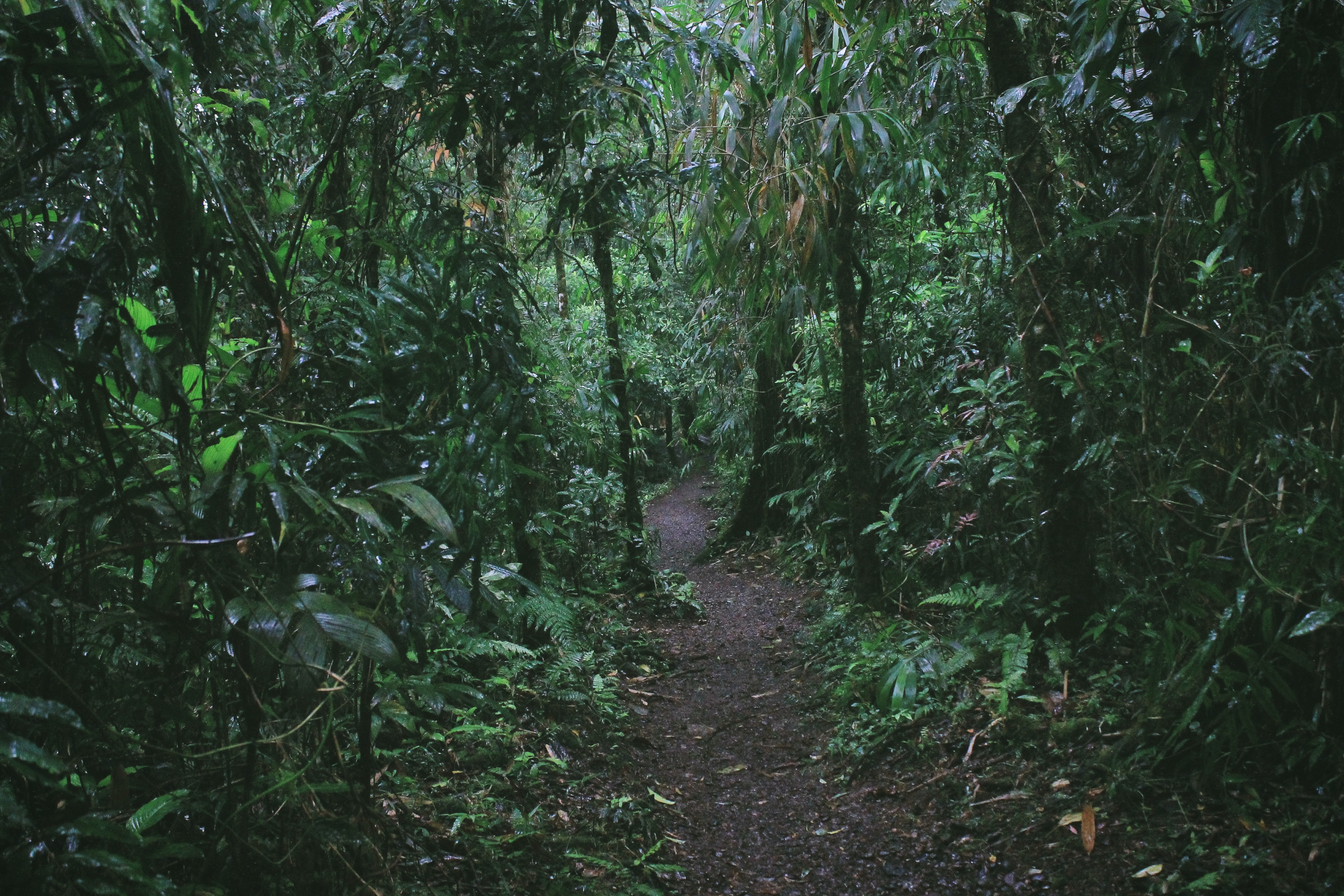 The plants and trees you’ll see here are very peculiar and are due to the marked temperature variation, high evaporation, and the poorly stable soils. The Mountain Wood life zone is subdivided just into the Bosque Muy Humedo, which only area is the Irazu Volcan and the Bosque Pluvial, covering part of the Talamanca Ridge and part of the Izaru Volcan. The peculiarity of these life zones is that after the 3500 mamsl (meters above sea level) the vegetation will “come back” to the smaller forms and they will be more of a plant form rather than trees.
The plants and trees you’ll see here are very peculiar and are due to the marked temperature variation, high evaporation, and the poorly stable soils. The Mountain Wood life zone is subdivided just into the Bosque Muy Humedo, which only area is the Irazu Volcan and the Bosque Pluvial, covering part of the Talamanca Ridge and part of the Izaru Volcan. The peculiarity of these life zones is that after the 3500 mamsl (meters above sea level) the vegetation will “come back” to the smaller forms and they will be more of a plant form rather than trees.
BOSQUE NUBOSO (cloud forest)
It deserves a separate chat as it is a small portion of area characterized by the flora and fauna of 4 life zones, bosque pluvial and muy humedo, montano bajo, and pre montano. Just imagine the astonishing variety of ecosystems! That’s why Monteverde is always among the “must-see” places of Costa Rica. If you are still not so convinced, this is the only place where you can have a chance to see the beautiful and rare Quetzal, especially if you will be there in a period between February and June/July.
PARAMO SUB ALPINO
The weird word “paramo” is just the Spanish word for wasteland/tundra. It’s the life zone to expect on the highest points of 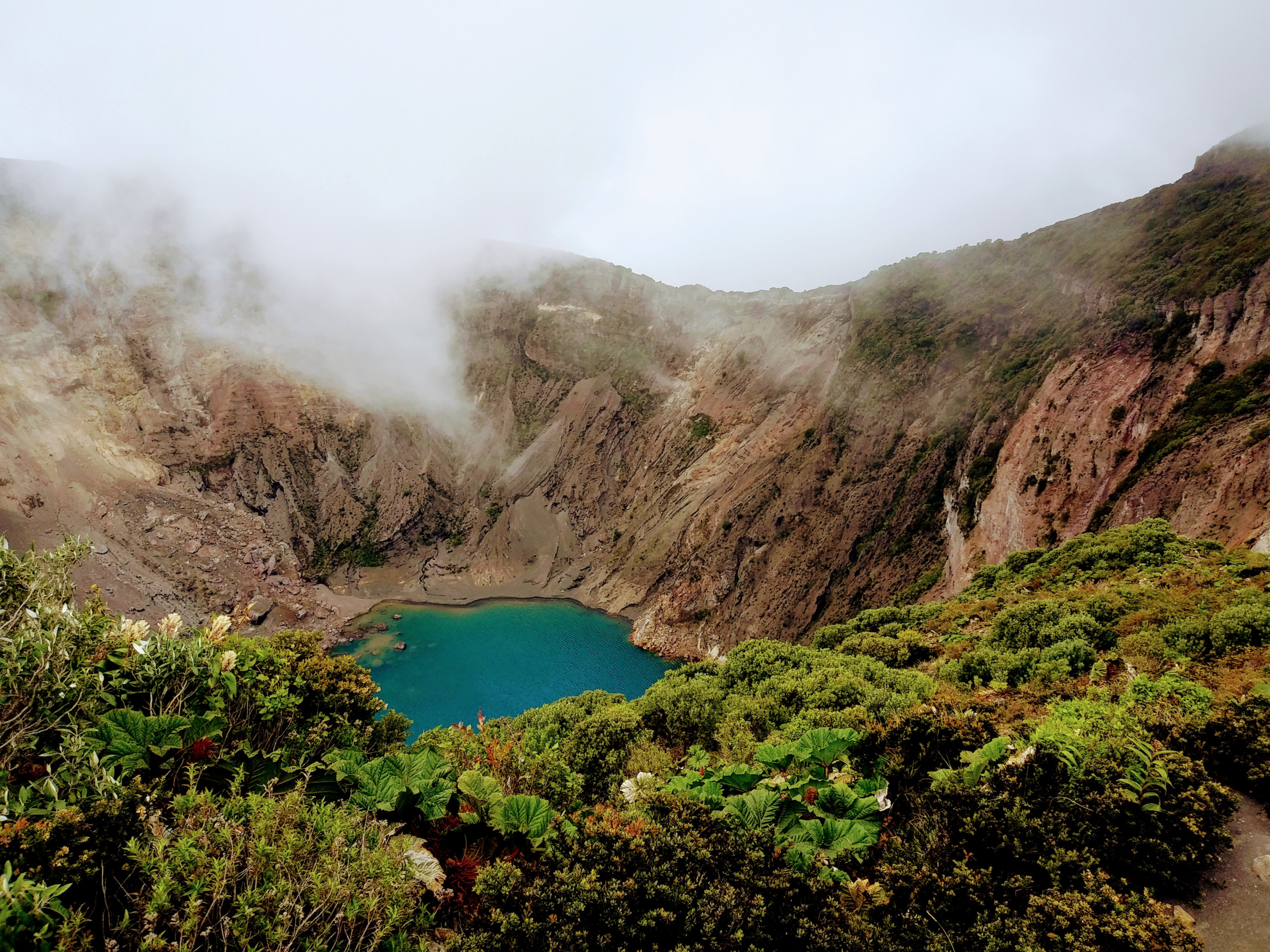 the country, such as the famous Cerro Chirripó <se-rro chee-rri-po>, the highest point of Costa Rica, 3819 mamsl! These areas have small amounts of annual rainfall and the temperature can go below zero. Let’s say that if nature would have pushed a little more, we could have our tropical Aspen. The vegetation, at first sight, is nothing fancy, nothing compared to the colorful almost cocky Orchideas you can observe in the cloud forest, but what is fascinating is that those skinny and anonymous plants share the same origin of the plants found in Los Andes!
the country, such as the famous Cerro Chirripó <se-rro chee-rri-po>, the highest point of Costa Rica, 3819 mamsl! These areas have small amounts of annual rainfall and the temperature can go below zero. Let’s say that if nature would have pushed a little more, we could have our tropical Aspen. The vegetation, at first sight, is nothing fancy, nothing compared to the colorful almost cocky Orchideas you can observe in the cloud forest, but what is fascinating is that those skinny and anonymous plants share the same origin of the plants found in Los Andes!
No matter when you will visit, you’ll be sure to find plenty of weather and activities to do!
